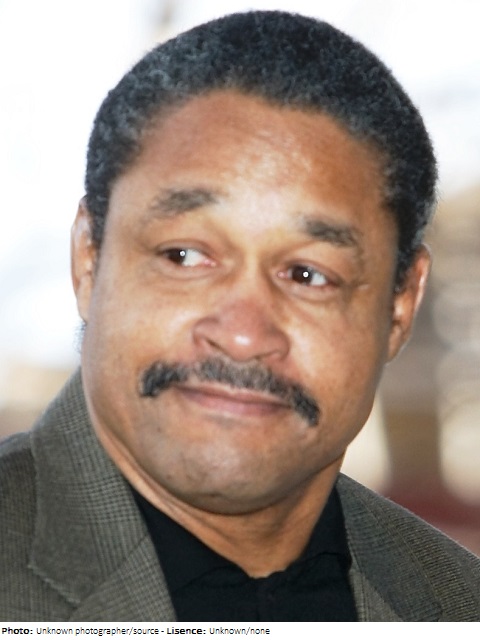Annapolis’s Butch Keaser first came to national prominence with his AAU Championship in 1973. In 1975 he performed the unusual feat of winning the U.S. Greco-Roman title and the Pan-American Games freestyle championship. Before the Montréal Olympics he won the AAU title again and was thought to be a favorite for the gold medal. At the Olympics Keaser established himself early as the best wrestler in his class. Going in to his final match with arch-rival Pavel Pinigin of the Soviet Union, Keaser was leading the competition. International wrestling was then scored by a demerit system, known as “bad points.” When a wrestler accumulated six bad points, they were eliminated. Going into the final match, Keaser’s coaches determined that he could lose to Pinigin and still win the title, he merely had to avoid being pinned. Keaser wrestling with that end in mind and was beaten decisively on points. The Soviets were jubilant because the American officials had mis-calculated and Pinigin’s victory by “majority decision” handed him the gold – a medal that should have belonged to Butch Keaser.

 United States
United States USA
USA